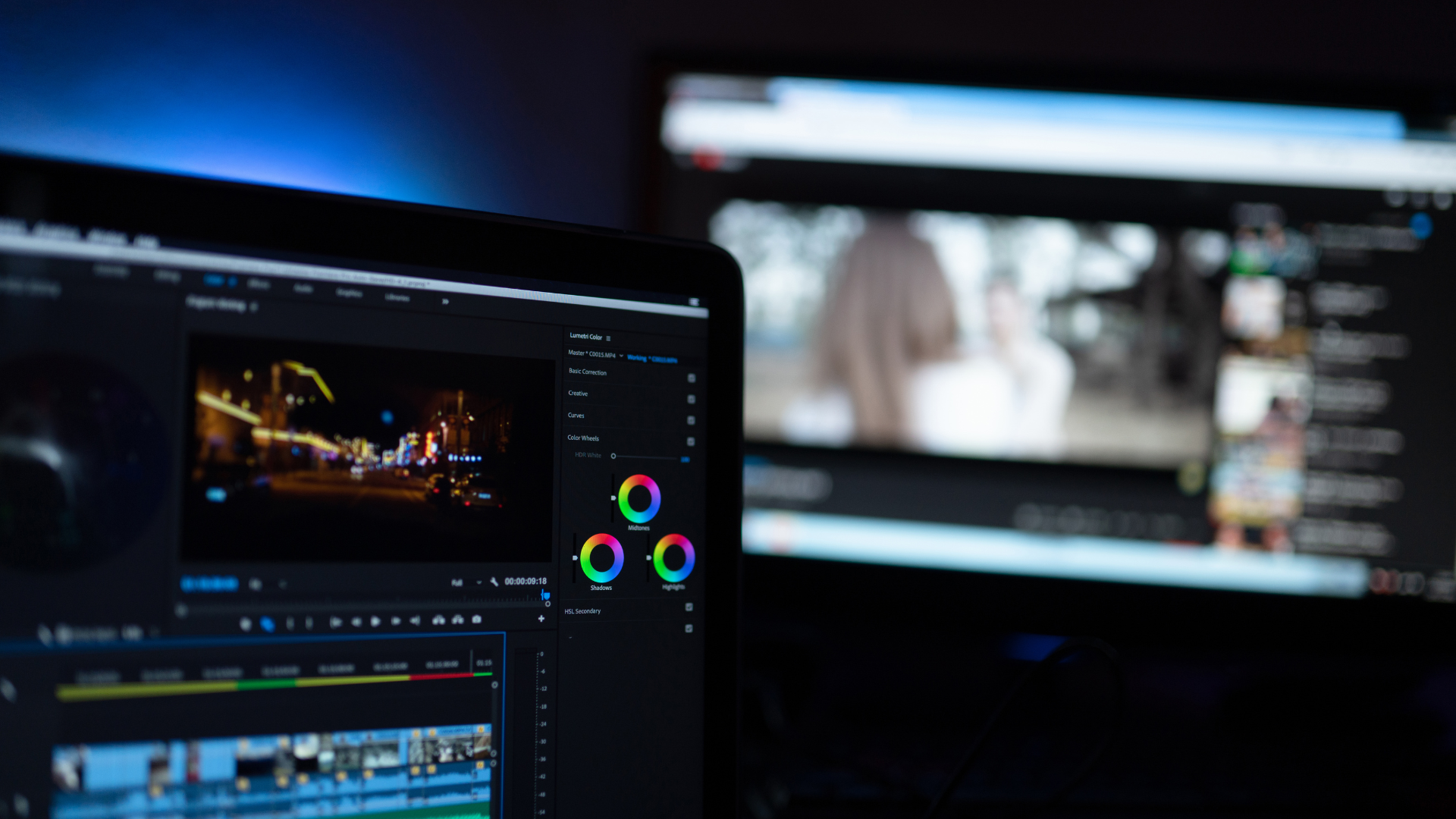OpenAI Unveils New Text-to-Video AI Model, Sora
OpenAI introduces Sora, a new AI tool that generates photorealistic and complex videos up to one minute long based on text prompts.
OpenAI unveiled its latest artificial intelligence (AI) model, Sora, a cutting-edge text-to-video tool designed to transform written prompts into realistic and imaginative videos. This new model offers the ability to create videos up to one minute in length from simple text instructions. Sora stands out also for its capabilities to generate complex scenes featuring multiple characters, intricate motions, and detailed backgrounds.
According to OpenAI’s announcement, Sora is not just about creating visually appealing content, but about understanding the physicality of objects and characters within a video. The model can accurately interpret props, generate characters that express a range of emotions, and even simulate realistic scenes with multiple “camera angles.” This level of detail extends to the mode’s ability to work with still images, fill in missing frames in existing videos, or even extend videos beyond their original length.
The demonstration videos shared by OpenAI, including an aerial view of California during the gold rush and a scene shot from inside a Tokyo train, showcase the model’s potential. While some videos exhibit some minor imperfections indicative of AI-generated content, the overall quality and realism of these demonstrations highlight the advancement in video generation technology.
The introduction of Sora comes at a time when video generation AI is experiencing rapid development. Competitors like Runway, Pika, and Google’s Lumiere have also made notable contributions to this field, each offering their own text-to-video solutions. Lumiere, for instance, parallels Sora in giving users the tools to create videos from text or still images, indicating a growing trend in AI’s ability to cater to creative video production.
For now, Sora’s access is limited to a select group of “red teamers,” tasked with identifying potential harms and risks associated with the model, as well as a handful of visual artists, designers, and filmmakers who are providing feedback on its functionality. OpenAI acknowledges the current model’s limitations, particularly in simulating complex physical interactions and cause-and-effect relationships within videos.
This development comes on the heels of OpenAI's decision to watermark images generated by its DALL-E 3 model, a move aimed at distinguishing AI-generated content from real images. As the technology behind AI-generated videos continues to evolve, OpenAI faces the challenge of ensuring these photorealistic creations are recognized as artificial to prevent potential misuse or misrepresentation in an increasingly digital world.
The rising occurrence of deepfaked media involving celebrities, politicians, and private individuals online raises serious ethical and safety concerns. In response, the Federal Trade Commission (FTC) proposed regulations that would make it unlawful to generate AI-based imitations of real people, enhancing the existing measures against government and business impersonation.
OpenAI is actively developing detection tools for identifying videos generated by its Sora model and intends to incorporate metadata into such videos to trace their origins, should the model be released for public use. The company is also engaging with specialists to evaluate Sora's potential for spreading misinformation, hate speech, and bias, and planning to release a system card detailing the model's safety assessments, risks, and limitations. Despite extensive research and testing, OpenAI acknowledges the unpredictability of both the positive and negative uses of its technology, highlighting the importance of learning from real-world application as a vital part of developing and launching safer AI systems progressively.

